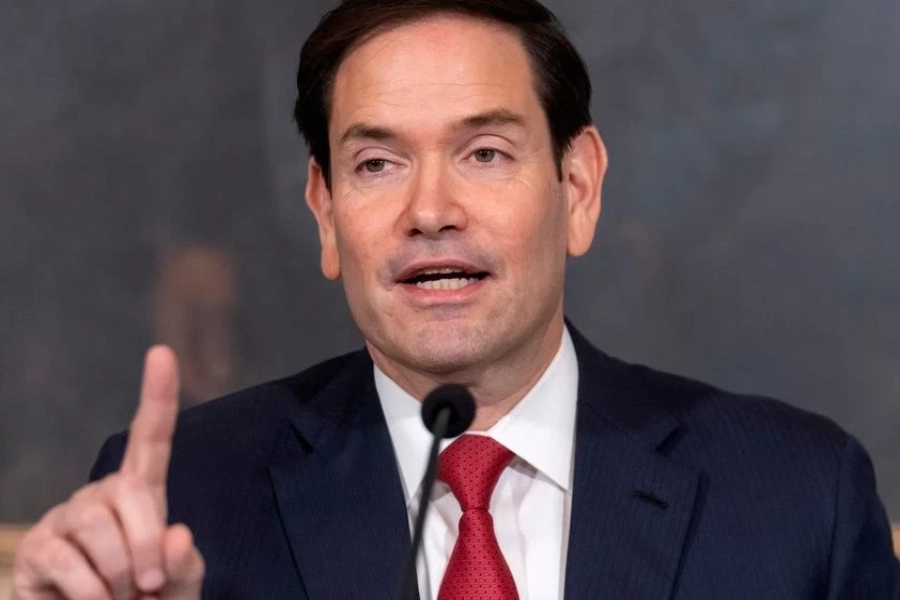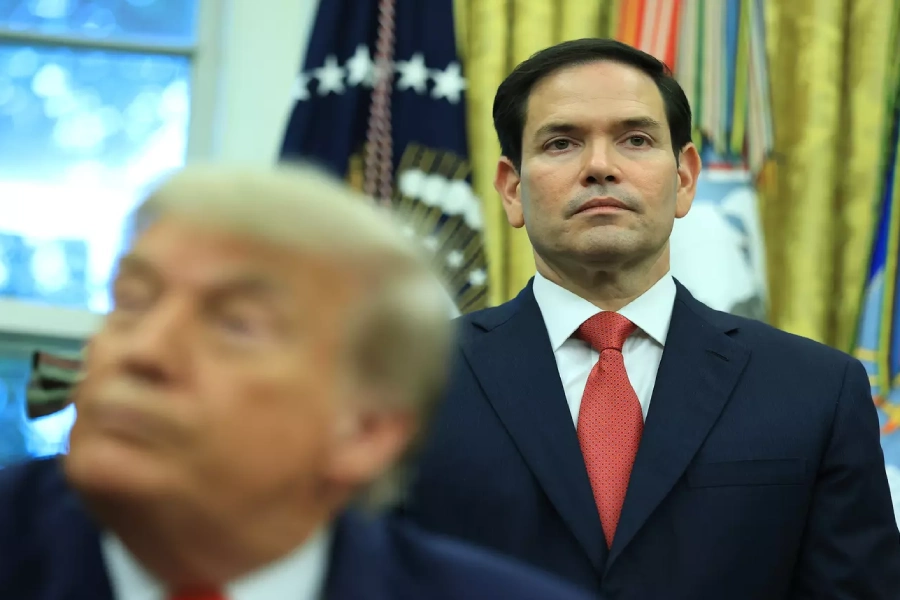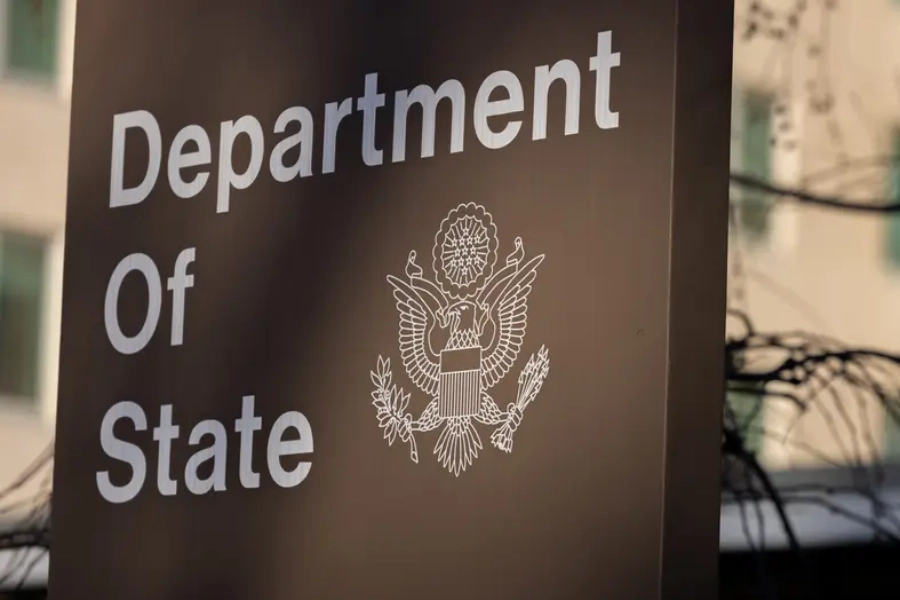The U.S. Department of State is undergoing its most significant downsizing in decades. In July 2025, over 1,300 employees were informed—many by email—that their positions were being eliminated. The move, led by Secretary of State Marco Rubio under President Donald Trump’s second administration, is part of a sweeping reorganization intended to “streamline bureaucracy.”
But while supporters of the plan argue that these layoffs are necessary to eliminate inefficiency and reduce government bloat, critics from across the political spectrum warn of severe long-term consequences: from weakening America’s diplomatic strength to potentially violating employment law.
This article examines what these layoffs mean, the legality behind them, the motivations driving the policy, and the impact on U.S. global influence.

A Breakdown of the Layoffs
According to internal memos and multiple news reports, the State Department issued layoff notices to:
-
More than 1,100 civil service employees
-
Approximately 240 Foreign Service officers
Foreign Service staff will be placed on paid administrative leave for 120 days, after which termination becomes final. Civil servants will exit after a 60-day notice period.
In total, the department plans to reduce its workforce by 15 percent, cutting over 1,900 positions. Additionally, 132 internal offices are being closed, many of which focus on human rights, regional analysis, and public diplomacy.
Why Is This Happening?
Rubio has defended the decision as a long-overdue correction to a bureaucratic structure that slows decision-making and stifles efficiency. He told the Senate Foreign Relations Committee in May that he once had to get approval from 40 separate desks for a routine policy document.
“This kind of structure might have made sense during the Cold War,” Rubio said. “It doesn’t serve our current needs. We need a State Department that is agile, modern, and focused on America’s interests—not caught in administrative paralysis.”
The administration argues that the reorganization will save taxpayer money and bring accountability to an institution they describe as politicized and outdated. It also comes after the closure of the U.S. Agency for International Development (USAID), which has sparked additional criticism.

The Legal Controversy: Are These Layoffs Lawful?
The most pressing legal question is whether the administration followed appropriate procedures when implementing these terminations. Historically, significant personnel changes at federal agencies require:
-
Consultation with Congress
-
Compliance with Title 5 protections under the U.S. Code for civil service employees
-
Negotiation with employee unions, where applicable
In early 2025, a lower federal court temporarily blocked several layoffs, citing lack of congressional consultation. However, in July 2025, the Supreme Court lifted the block, allowing the administration to proceed while legal challenges continue. It’s important to note that the court has not ruled on the constitutionality of the layoffs themselves—only that they may proceed pending further review.
Federal employee unions, including the American Foreign Service Association (AFSA) and the American Federation of Government Employees (AFGE), are preparing legal action. Their claim is that career officials are being dismissed without due process and that job protections were retroactively rewritten to allow these firings.
Legal analysts say this case could become a landmark for defining the limits of executive power in civil service employment.

Internal Reactions and Low Morale
Internally, the mood at the State Department is bleak. Multiple employees described a climate of “uncertainty, fear, and bitterness.” Many say they had been working extended hours in recent months, helping with crisis evacuations and wartime coordination in the Middle East, only to receive layoff notices soon after.
A Foreign Service officer, speaking anonymously, told reporters:
“This isn’t reform. It’s targeted dismantling. There’s no vision for what comes next.”
Even some who weren’t directly affected by the layoffs report a sharp drop in morale. The sentiment, according to current and former staffers, is that the institutional mission of the department is being eroded in favor of political objectives.
Experts Warn of Long-Term Damage
Diplomatic experts and former U.S. ambassadors warn that these layoffs will damage America’s global standing and reduce its capacity to respond to international crises. The elimination of offices dedicated to regional expertise, humanitarian work, and public engagement is particularly concerning.
Thomas Shannon, a respected former undersecretary of state, called the reorganization “an act of institutional vandalism.” He argued that the layoffs will disproportionately affect mid-level career diplomats with the most field experience and cultural knowledge.
“We’re not just losing people,” Shannon said. “We’re losing the connective tissue of U.S. diplomacy.”
The closure of USAID further compounds the issue. Many of the country’s best development experts—especially those with language skills and deep regional experience—have now left government service. Critics say that once these professionals are gone, they’re unlikely to return.
A Geopolitical Gap for China to Fill?
The consequences may not be immediate, but the long-term risks are strategic. As the U.S. reduces its diplomatic and development presence abroad, rival powers like China and Russia are expanding theirs.
For example, China’s Belt and Road Initiative continues to deepen economic and political ties in Africa, Southeast Asia, and Latin America. Without sufficient staffing at embassies and consulates, the U.S. risks falling behind in influence and intelligence gathering.
Former ambassador Robert E. Hunter warned that these reductions could “cripple the department’s ability to protect American citizens overseas and promote American interests.”
Is This About Reform or Retaliation?
Some analysts believe these layoffs are part of a broader ideological agenda rather than a purely administrative one. Rubio and other officials have publicly criticized certain bureaus for promoting what they call a “radical political ideology,” especially offices involved in climate diplomacy, human rights, and diversity programs.
Critics argue that the reorganization is less about efficiency and more about purging voices that contradict the administration’s worldview.
If that proves true, it could mark a fundamental shift in the character of the State Department—away from nonpartisan diplomacy and toward political alignment with the White House.
What Happens Next?
With legal battles ongoing and the layoffs now underway, several outcomes are possible:
-
Court Reversal: If a federal court ultimately finds the layoffs unlawful, the administration could be forced to rehire terminated employees and pay damages.
-
Talent Drain: Many experienced professionals are likely to leave government permanently, creating a lasting skills gap.
-
Future Administrations: If a new administration takes office in 2029, one of its first challenges could be rebuilding a diplomatic corps from scratch.
In the meantime, the Trump administration continues to move ahead with similar cuts at other agencies, including the IRS, Department of Education, and Department of Veterans Affairs.
Conclusion
The State Department layoffs represent more than a cost-cutting initiative—they mark a profound redefinition of how America conducts diplomacy. While supporters frame the decision as necessary reform, the potential costs in institutional knowledge, legal precedent, and global influence are staggering.
Whether this reshaping strengthens or weakens America’s position on the world stage remains to be seen. But one thing is certain: this is not just an administrative story—it’s a turning point in the future of American foreign policy.
FAQ
1. What are the State Department layoffs about?
The U.S. State Department is eliminating over 1,300 positions in a major downsizing effort led by Secretary Marco Rubio. This includes both civil service and Foreign Service employees as part of a broader government reorganization.
2. How many people are being laid off from the State Department?
The layoff plan affects more than 1,100 civil service employees and around 240 Foreign Service officers — totaling approximately 15% of the department’s domestic workforce.
3. Why is the State Department reducing staff?
According to officials, the cuts are aimed at eliminating bureaucracy, streamlining decision-making, and reducing costs. Critics argue it’s politically motivated and undermines U.S. diplomacy.
4. Is it legal for the administration to make these layoffs?
The legality of the layoffs is under judicial review. Although the Supreme Court allowed the layoffs to proceed temporarily, lawsuits filed by federal employee unions are still pending.
5. What happens to Foreign Service officers who are laid off?
Laid-off Foreign Service officers will be placed on administrative leave for 120 days before final separation. Civil service employees will typically be terminated after 60 days.
6. Will these layoffs impact U.S. foreign policy?
Yes. Former diplomats warn that the loss of institutional knowledge and regional expertise could diminish America’s global influence, especially as China and other rivals expand their diplomatic reach.
7. Are more federal layoffs expected beyond the State Department?
Yes. The Trump administration has plans for similar workforce reductions at 18 other agencies, including the IRS, USAID, Education Department, and Veterans Affairs.
8. Can laid-off employees appeal or be rehired?
Employees may seek legal remedies through union-backed lawsuits. However, unless a court overturns the decision, rehiring is unlikely in the short term.

